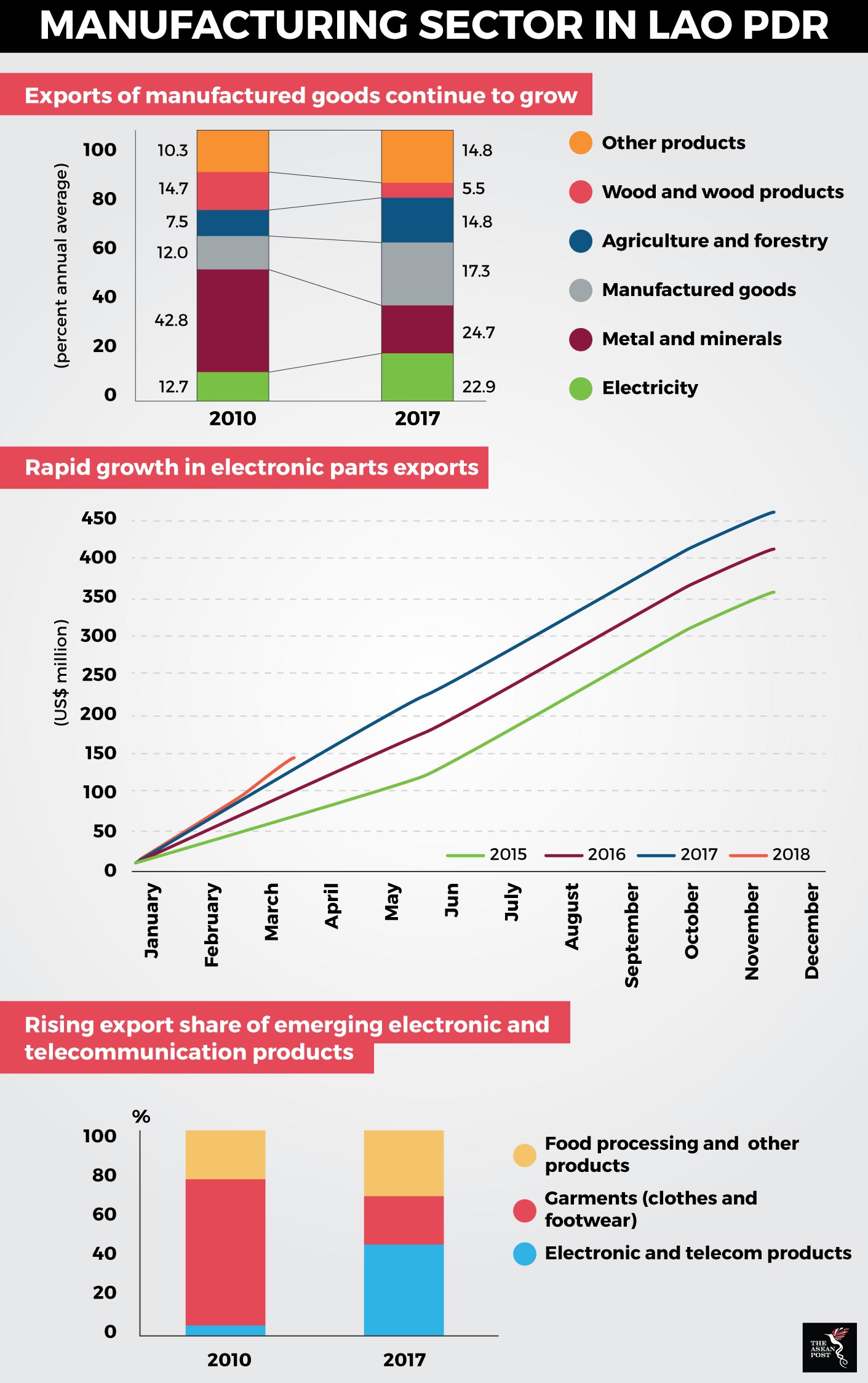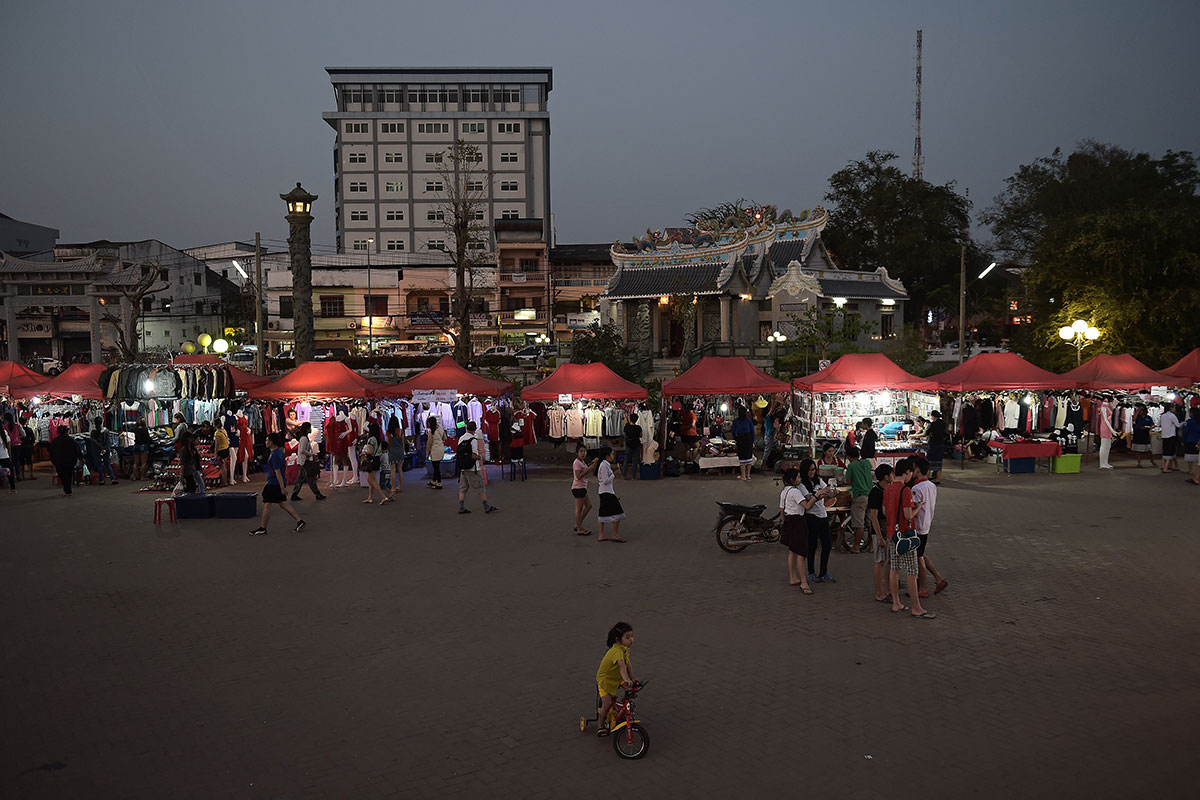Until 1953, Lao PDR was a French colony. Following a successful overthrow of the country’s monarchy in the mid-seventies by communist forces, Lao PDR then spent years in isolation. After the fall of the Berlin Wall in 1989, this small landlocked nation soon began opening its doors to the rest of the world.
Since introducing economic reforms in the early 1990s, the country’s constant Gross Domestic Product (GDP) – based on 2010 prices – has increased more than six-fold from US$1.97 billion to US$11.87 billion.
Its economic growth rates are expected to hover between six and seven percent from now till 2020. Coupled with a downward trending inflation rate of between one and two percent from a high of almost eight percent during the 2008 financial crisis, this presents a wave of growth opportunities for the country to ride on.
From battery to factory
One of the ways Lao PDR is harnessing its economic potential is via its immense hydropower potential. Already considered by many to be Southeast Asia’s “battery,” Vientiane expects that by 2025, hydropower would become the nation’s largest source of revenue.
However, the country is also fast becoming a manufacturing powerhouse for the region. In a recent report by the World Bank, Lao PDR was identified as an integral link within the regional value chain as an increasing number of foreign firms are considering the country as a potential production base.
The manufacturing sector added 0.9 percentage points to Lao PDR’s 6.9 percent economic growth in 2017. In the last five years, the total value of manufacturing exports skyrocketed by threefold from US$270 million in 2013 to US$780 million in 2017.
This is mainly due to electronics and telecommunications equipment exports from the country’s Special Economic Zones (SEZs) like Savanh-SENO and VITA Park. While the manufacturing sector in Lao PDR is traditionally concentrated on food and beverage processing, electronic parts and components have accounted for almost half of all its manufacturing exports in 2017.
This trend within the country’s manufacturing sector appears to be continuing this year. In Q1-2018, electronic parts and components exports registered an uptick of 13 percent. The government of Lao PDR has also been taking steps to improve business conditions and to create more opportunities within the sector. Government Order No. 025 which helps smoothen and improve the process of doing business in the country will be critical in ensuring Lao PDR can function as a regional manufacturing hub in the near future.

Source: World Bank
Job creation and poverty reduction
Growth in the manufacturing sector will have a positive knock on effect on the job market. Estimates from the World Bank indicate that this is reflected in a 13 percent increase in the number of insures registered with the social security system for private sector companies, from 88,000 in 2015 to nearly 100,000 in 2017.
Additionally, the expansion of the country’s export oriented SEZs is slated to create even more jobs in the future, having already done so, by creating 8,000 jobs for local workers in 2017 compared to 3,400 in 2014. Lao PDR currently has 10 SEZs which were created to boost foreign investment in the country.
The increase in economic opportunity has led to higher disposable incomes and a better quality of life for the general population. In March 2018, the United Nations Committee for Development Policy (CDP) announced that Lao PDR had fulfilled the criteria to graduate from Least Developed Country (LDC) status for the first time.
The nation’s per capita Gross National Income (GNI) of US$1,996 exceeded the graduation threshold of US$1,230 or above. Besides that, Lao PDR also scored 72.8 on the Human Assets Index, higher than the 66 or above minimum rating. The country’s Economic Vulnerability Index was 33.7, fairly close to the minimum limit of 32 or below.
Nevertheless, there are still many challenges that threaten to hamper Lao PDR’s ambition to become a big player in the regional production sector. These include addressing a shortage of skilled labour and developing the necessary infrastructure to build capacity.
Moreover, the government there must also tackle the widespread corruption which hampers progress. Not only does corruption have a detrimental effect on economic growth but it also decreases confidence in government institutions and keeps potential investors away. The country’s ease of doing business ranking is currently 141 and there is much to be done if Lao PDR is to break into the top 100 countries in the next few years.
